Understanding what are Dinosaurs
Dinosaurs are fascinating creatures that have captured the imaginations of children and adults alike for generations. These prehistoric giants roamed the Earth millions of years ago, long before humans existed. Dinosaurs are a diverse group of reptiles that appeared during the Mesozoic Era, which lasted from approximately 252 to 66 million years ago.
The term “dinosaur” comes from the Greek words “deinos,” meaning “terrible,” and “sauros,” meaning “lizard.” Despite their name, dinosaurs are not lizards but share a common ancestor with modern reptiles. These creatures varied greatly in size, shape, and behaviour, some being small and agile, while others being colossal and slow-moving. The study of dinosaurs, known as palaeontology, helps us understand the dinosaur facts and evolutionary history of these incredible animals.
Types of Dinosaurs
The Mesozoic era also known as the ‘’Age of Reptiles’’ or ‘’Middle Life’’ and the dinosaurs thrived during the Mesozoic era, which spans three main periods: the Triassic, Jurassic, and Cretaceous. During each period, a diverse range of dinosaurs adapted to various environments.
- Triassic Period
- Coelophysis: One of the earliest known dinosaurs, Coelophysis was a small, bipedal predator. Its slender body, long legs, and sharp teeth made it a quick and agile hunter.
- Plateosaurus: Plateosaurus is one of the earliest long-necked dinosaurs. It could walk on both two and four legs and feed on plants. Plateosaurus had a bulky body, a long neck, and a small head.
- Jurassic Period
- Stegosaurus: Stegosaurus was a slow-moving herbivore known for its distinctive back plates and spiked tail. The plates along its back may have been used for display, thermoregulation, or defence. Its tail spikes, called thagomisers, were likely used to fend off predators.
- Allosaurus: This fierce predator was one of the top hunters of the Jurassic period. It had sharp teeth, powerful jaws, and large claws. Allosaurus was a bipedal dinosaur, meaning it walked on two legs and was known for its speed and agility.
- Cretaceous Period
- Tyrannosaurus rex: Perhaps the most famous dinosaur, T. rex was a massive predator with a powerful build. It had a large head, strong jaws filled with sharp teeth, and tiny arms. T. rex was an apex predator, meaning it was at the top of the food chain.
- Hadrosaurus: Hadrosaurus also known as a duck-billed dinosaur, had a unique skull shape resembling a duck’s bill. Its strong limbs allowed it to move efficiently on land and water.
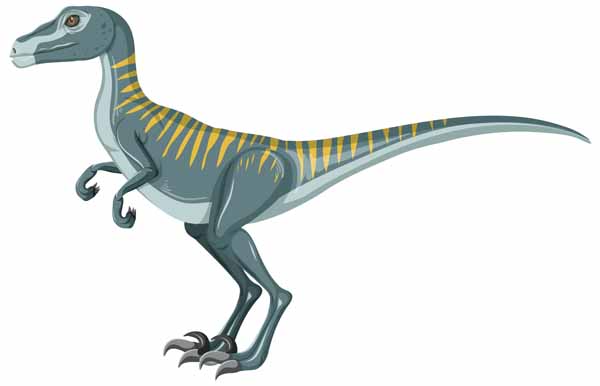
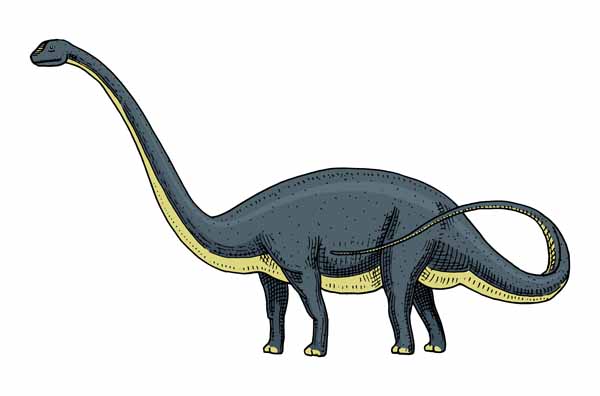

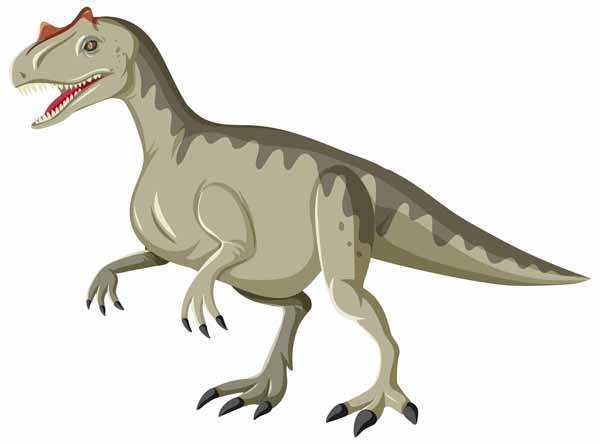

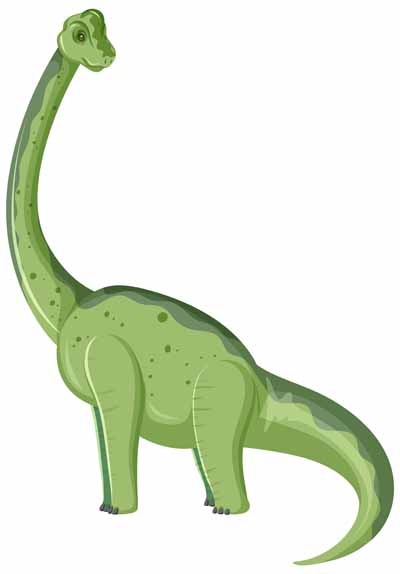
Dinosaur Facts
Here are some fascinating facts that highlight the incredible diversity and specialisation among dinosaur species.
- Birds are considered a type of dinosaur because they share a common ancestor with non-avian dinosaurs.
- For about 150 million years, dinosaur species survived and dominated on Earth. Some dinosaurs were the largest and scariest animals to ever exist.
- For about 150 million years, dinosaur species survived and dominated on Earth. Some dinosaurs were the largest and scariest animals to ever exist.
- Dinosaurs first appeared around 230 million years ago and thrived until their extinction about 66 million years ago. Some theories suggest that climate change or an asteroid impact led to their demise.
- Dinosaurs laid eggs and constructed large nests to safeguard their young. Young dinosaurs grew rapidly, achieving full size in 7 to 8 years.
- Some dinosaurs had long lifespans, living up to nearly 100 years. Throughout 180 million years, new dinosaur species emerged while others went extinct, meaning not all dinosaurs existed at the same time.
One common question is, “How old are dinosaurs?” Dinosaurs first appeared around 230 million years ago during the Triassic period and thrived until their sudden extinction about 66 million years ago at the end of the Cretaceous period. This means dinosaurs existed for approximately 165 million years, a period much longer than humans have been on Earth. The exact cause of their extinction remains a subject of scientific debate, with theories ranging from asteroid impacts to volcanic activity. Understanding how old are dinosaurs gives us a perspective on the vast timescales involved in Earth’s history and evolution.
Dinosaurs are more than just ancient reptiles. They are a window into the distant past, offering insights into the history of life on Earth. Through the study of palaeontology, we have uncovered fascinating dinosaur facts, such as their varied diets, unique physical features, and diverse habitats. The different types of dinosaurs, from the colossal Argentinosaurus to the diminutive Compsognathus, showcase the adaptability and evolution of these creatures over millions of years.
At Mother’s Pet Kindergarten, we believe that learning about dinosaurs for kids can inspire a lifelong interest in science and natural history. By understanding what are dinosaurs and exploring their world, children can develop a sense of wonder and curiosity about the past. Dinosaurs, with their impressive sizes and intriguing behaviours, remind us of the incredible diversity of life that has existed on our planet and the importance of preserving our natural heritage.

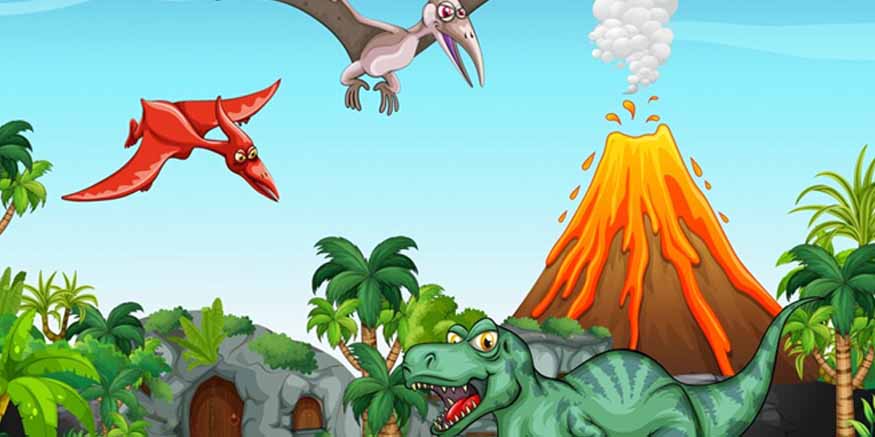


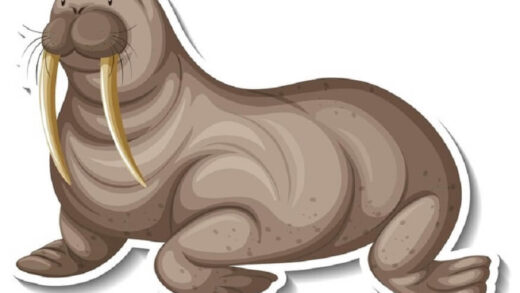






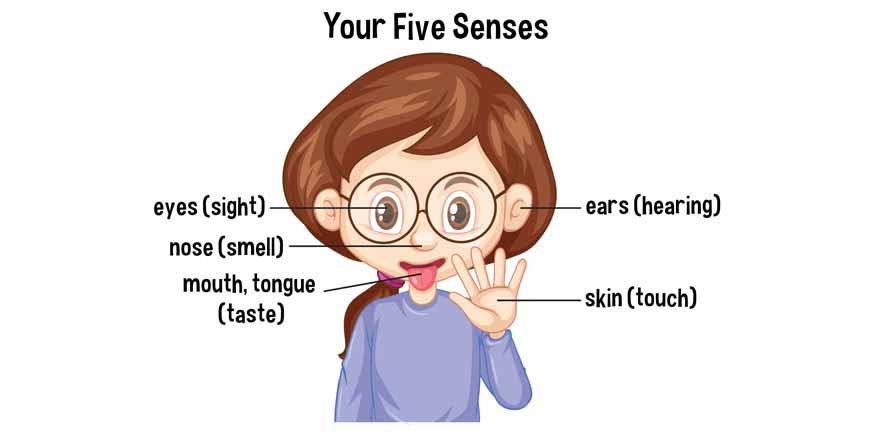

Recent Comments